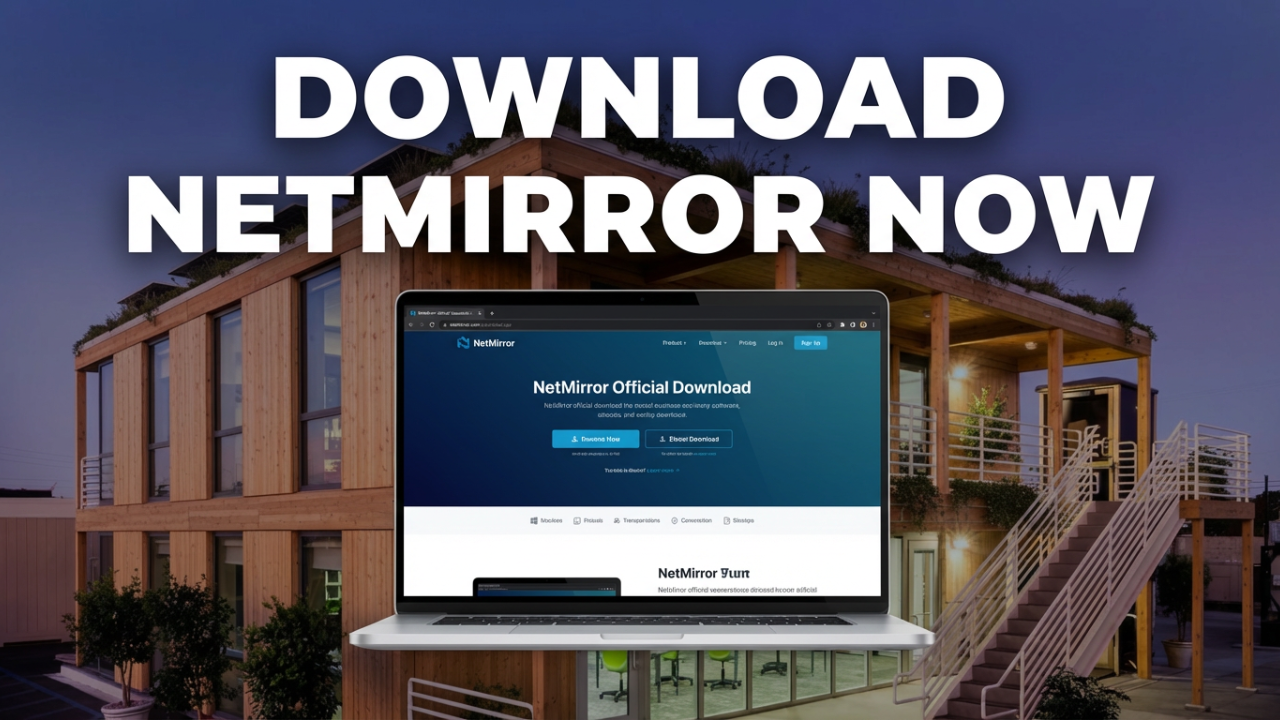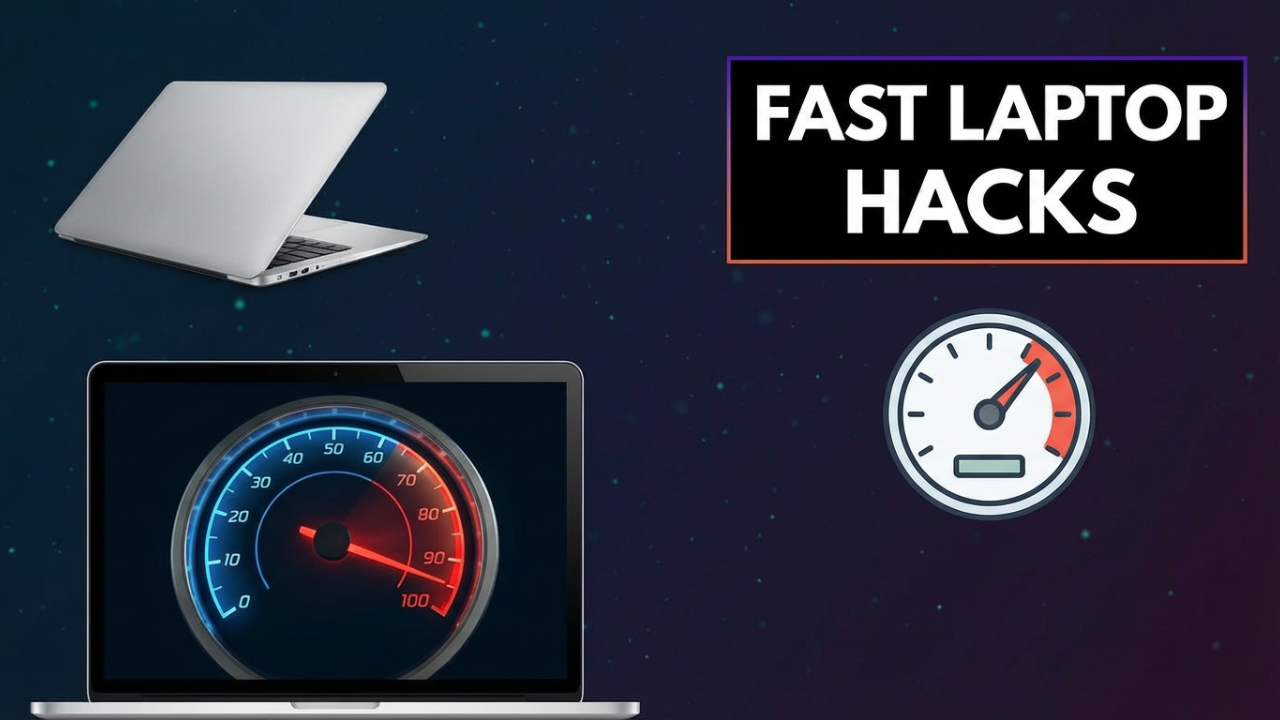Understanding Personal Computers: An In-Depth Exploration
In today’s digital age, the term “personal computer” (PC) is ubiquitous, but what exactly does it refer to, and how has it evolved over time? This blog post seeks to delve into the concept of personal computers, tracing their history, examining their components, exploring their various forms, and discussing their impact on society.

A Brief History of Personal Computers
The journey of personal computers began in the mid-20th century when electronic computing devices were mainly used for large-scale data processing in governmental and corporate environments. The earliest computers, such as ENIAC and UNIVAC, were massive machines that occupied entire rooms and required specialized knowledge to operate. However, as technology progressed, the vision of a computer for personal use began to take shape.
By the 1970s, several key developments laid the groundwork for personal computing. Notably, the introduction of microprocessors allowed computers to become more compact and accessible to the general public. In 1975, the Altair 8800 was launched, often considered the first personal computer. Its success ignited a wave of innovation, leading to the creation of further models and the foundation of companies such as Apple and IBM.
The introduction of the IBM PC in 1981 marked a significant turning point. It standardized the architecture of personal computers and fostered a compatible ecosystem which allowed third-party software and hardware developers to flourish. The rise of graphical user interfaces (GUIs) in the early 1980s, particularly with the launch of the Apple Macintosh in 1984 and later Microsoft Windows, made computers even more user-friendly and brought them into homes and offices across the globe.
What Constitutes a Personal Computer?
At its core, a personal computer is a multi-purpose computer designed for individual use. Unlike larger systems that serve multiple users and manage extensive data sets, personal computers cater to the needs of a single user, operating independently to perform various tasks.
Core Components of a Personal Computer
A personal computer typically encompasses several key components:
- Central Processing Unit (CPU): Often referred to as the “brain” of the computer, the CPU executes instructions and processes data.
- Motherboard: This is the main circuit board connecting all components, including the CPU, memory, and storage.
- Memory (RAM): Random Access Memory (RAM) acts as temporary storage, holding data and instructions the CPU needs while performing tasks.
- Storage: Personal computers feature storage devices, such as Hard Disk Drives (HDDs) or Solid State Drives (SSDs), for long-term data storage.
- Power Supply Unit (PSU): This component converts electrical power from an outlet into usable power for the computer’s components.
- Input and Output Devices: Input devices typically include keyboards and mice, while output devices encompass monitors and printers.
- Graphics Processing Unit (GPU): While integrated graphics may suffice for everyday tasks, dedicated GPUs are essential for gaming, graphics design, and other performance-intensive applications.
- Operating System (OS): The OS, such as Windows, macOS, or Linux, provides the interface between the user and the hardware and manages the computer’s resources and tasks.
Types of Personal Computers
The category of personal computers includes a variety of form factors and configurations, each catering to different use cases:
- Desktop Computers: Traditionally stationary and typically composed of multiple parts (monitor, CPU unit, keyboard, mouse), desktop computers offer extensive power and upgradeability. They are often employed for gaming, graphic design, and office work.
- Laptops: Combining portability with functionality, laptops integrate all components into a compact design. They vary in size, performance, and battery life, catering to both casual users and professionals.
- Tablets: Although different from traditional PCs, tablets serve personal computing needs through touch interfaces and mobile operating systems. They excel in portability and ease of use, appealing to consumers looking for devices primarily for browsing, media consumption, and basic productivity tasks.
- All-in-One PCs: These systems combine the monitor and CPU into a single unit, reducing desk space while providing similar capabilities to desktop computers.
- Workstations: Designed for specialized tasks such as 3D rendering or scientific calculations, workstations pack higher-end components and offer enhanced performance and stability compared to standard desktops.
The Impact of Personal Computers
The advent of personal computers has had profound effects across various domains, including education, business, and entertainment:
- Education: PCs have revolutionized the educational landscape by providing access to vast amounts of information and online learning resources. They facilitate interactive learning and collaboration, empowering students and educators alike.
- Business: In the corporate world, personal computers have become indispensable tools for productivity. They enable businesses to automate tasks, analyze data, and communicate seamlessly, ultimately boosting efficiency and promoting globalization.
- Entertainment: Personal computers serve as platforms for diverse entertainment options, from gaming to streaming movies and creating digital art. The social aspects of online gaming and virtual meetups have reshaped entertainment consumption and social interaction.
- Creativity and Innovation: PCs have democratized access to creative tools, allowing individuals from all walks of life to engage in activities like graphic design, digital music production, and writing. This has spurred innovation, art, and entrepreneurship.
Conclusion
The evolution of personal computers from room-sized behemoths to sleek, portable devices that fit in our bags speaks to the rapid advancement of technology and its significant impact on our daily lives. As PCs continue to evolve, incorporating artificial intelligence and cloud computing technologies, they will undoubtedly play a pivotal role in shaping the future of work, education, and leisure.
In summary, personal computers are much more than just machines; they are vital tools that empower individuals, transform industries, and enhance our ability to connect and collaborate in an increasingly digital world. Whether you’re a casual user, a business professional, or a creative artist, understanding the role of personal computers can enhance your appreciation for this incredible technology and its boundless possibilities.
Shop Now






